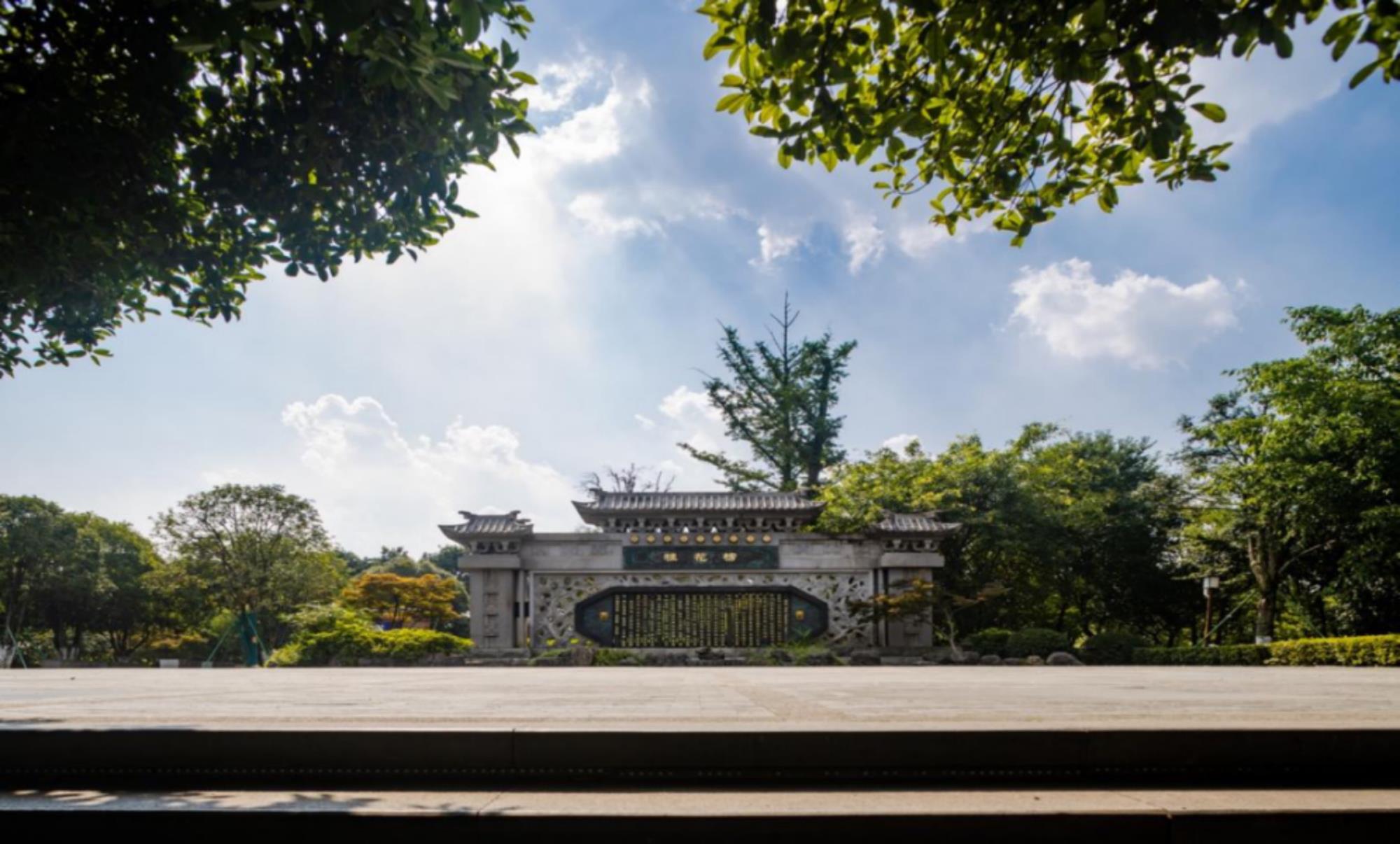Ciqikou Ancient Town was built in the Northern Song Dynasty, formerly known as baiyanchang. In the 4th year of Jianwen in the Ming Dynasty (1368 - 1644), Zhu Yunwen, the emperor of Jianwen, lived in the Bayu area and hid in Baolun temple in Baiyan mountain for four to five years. After the world learned about it, Baolun temple was renamed Longyin temple, and baiyanchang was also renamed Longyin town. In the early years of the Qing Dynasty, the Jiang family, descendants of Dehua kiln in Fujian Province, came here to produce porcelain. For a long time, porcelain became the main industry of Ciqikou. During the reign of Emperor Qianlong of the Qing Dynasty, there was an official notice of "porcelain town". Later, the name of Ciqikou gradually came into being. During the period of the Republic of China, Ciqikou became a commodity distribution center in East Sichuan and the middle and lower reaches of Jialing River. The scale of the town continued to expand. Merchants also changed the name to Ciqikou. It has the reputation of "thousands of people bow their hands in the daytime, and tens of thousands of bright lights come at night", and became the "first market" of Ba County. After liberation, Ciqikou was still prosperous until 1958, when the water wharf was relocated. Ciqikou has always been prosperous with incense. Famous religious sites include Baolun temple, which was built in the Western Wei Dynasty; The Wenchang palace of the Taoist temple and the Fenghuang Temple of Fenghuang Mountain were rebuilt in the Chenghua period of the Ming Dynasty.
Ciqikou Ancient Town is the main carrier of Bayu culture. It has the reputation of "the first ancient town of Bayu", "the first water wharf of Jialing River" and "small Chongqing". It is also the original ecological architectural museum and living fossil of Sichuan and Chongqing stilts. The ancient town began in the Northern Song Dynasty, flourished in the Ming and Qing Dynasties, and flourished in the Republic of China. It still maintains the prosperous scene of "thousands of people in the day and thousands of lights at night". Since modern times, it has been a gathering of celebrities in science, education and culture. The Anti Japanese war has nurtured the sand magnetic culture; Due to the industrial construction, the industrial culture also flourishes here, integrating the original commercial port culture of the ancient town, and constantly showing a prosperous scene of cultural production, integration and reproduction.





